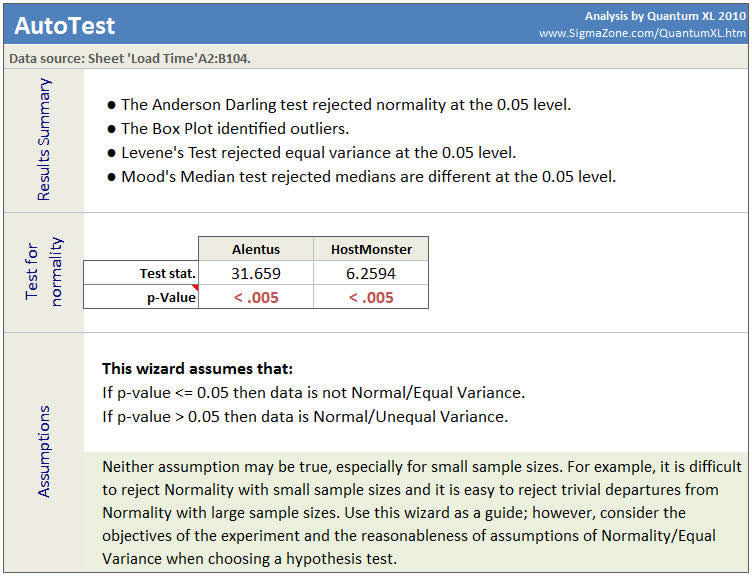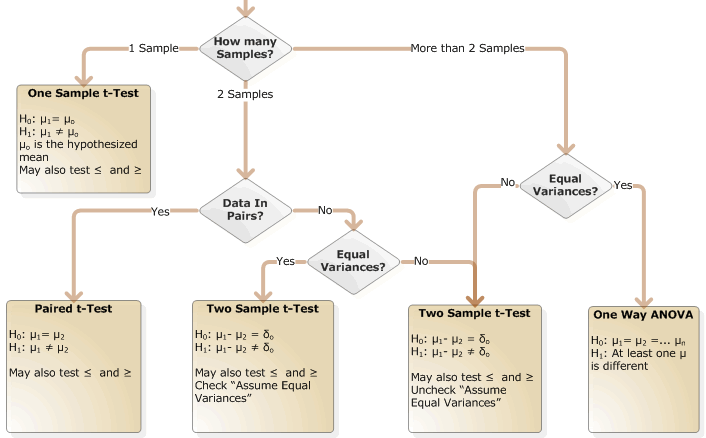Optimization (Robust Design) using Quantum XL
Quantum XL’s optimizer provides the unique ability to minimize the defects per million (dpm) across multiple outputs in a model. The optimization is a true stochastic optimization, which means that the inputs are all modeled with probability distributions. This article explains how to use Quantum XL’s optimizer. This article builds on the concept of an […]
Optimization (Robust Design) using Quantum XL Read More »




